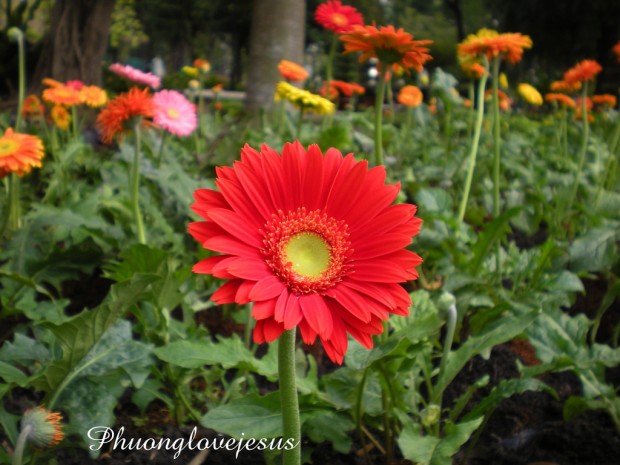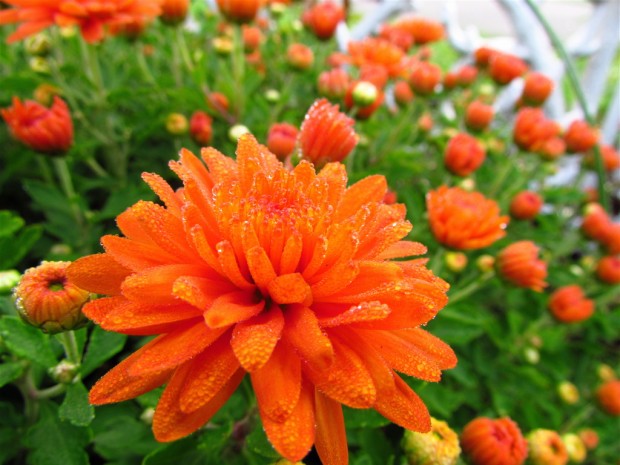As we in the first part of the important houseplants for improving the air quality in your home, said, here we are to continue with the list of those 15 houseplants. Because our health is the most important, and the clean air is what can help. The houseplants are not expensive and can improve our lives so much. The second thing is that they are beautiful and help us decorate your home. There are many houseplants that can be placed at various locations, with a lot of lights or in damp places and passive they will heal us and provides clean air.
Azalea (Rhododendron simsii)
Azalea is a plant with beautiful flowers and even greater abilities. It fights the formaldehyde of plywood or foam insulation. This flower does not want, warm places, and it's good to put it in cellars with bright spots or corridors.

Image by Uwe Häntsch via Flickr
Ivy ( Hedera helix)
A study shows that Ivy or Hedera Helix is one of houseplants, which reduces the air fecal-matter particles. It also filters formaldehyde from the cleaners.
Image by Cristina via Flickr
dragon tree (Dracaena Lemon deremensis Line)
Dracaena deremensis is ideal for your home. It grows easily, avoiding direct sunlight. In addition to its benefits for cleaning air, it's beautiful flower with green leaves, which grows up to 12 meters and clustering the tip of a thin stem.

Image by Maja Dumat via Flickr
Chinese evergreen (Aglaonema crispum 'Deborah')
Aglaonema crispum is one of houseplants that grow in low light, producing flowers and red berries and filters the air of many toxins. Another thing is that it is easy to maintain.
Image by László Majercsik via Flickr
Bamboo Palm (Chamaedorea seifrizii)
This is known as reed palm and can often flowers and small berries. Bamboo Palm is located on the top of the list of houseplants that are best for the clearing of benzene and trichlorethylene. Best location next to furniture, which can release formaldehyde.

Image by László Majercsik via Flickr
Heart Leaf Philodendron (Philodendron oxycardium)
In addition to the heart-shaped leaf philodendron is oxycardium strong fighter for the removal of all kinds of VOCs , One bad thing this is a houseplant that is highly toxic if eaters, so it's not recommended to put or keep, if you have small children and pets have to be.

Picture of Jungle Rebel via Flickr
Peace lily (Spathiphyllum)
Peace Lily is on top of the list of NASA for the removal of all three of the most common VOCs -. formaldehyde, benzene and trichlorethylene It also helps with toluene and xylene Another good thing about Spathiphyllum is that it does not need to produce striking blooms and direct light. . They have once a week water and that's it. Our authors has most of these plants at home but Spathiphyllum is one of the best. Try it and you will feel the difference.
© Your Amazing Places











